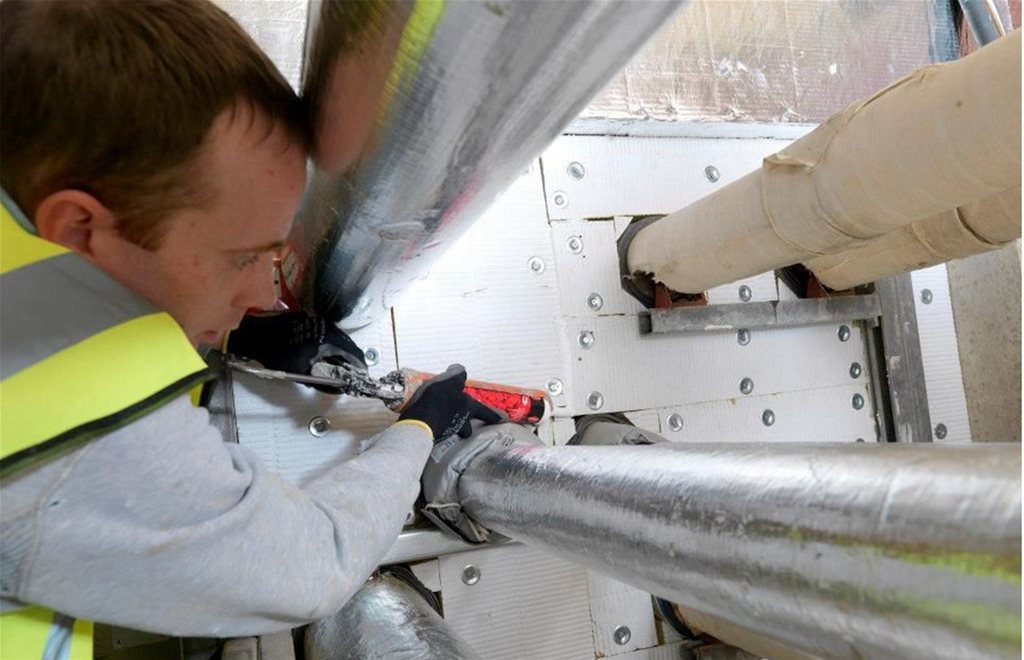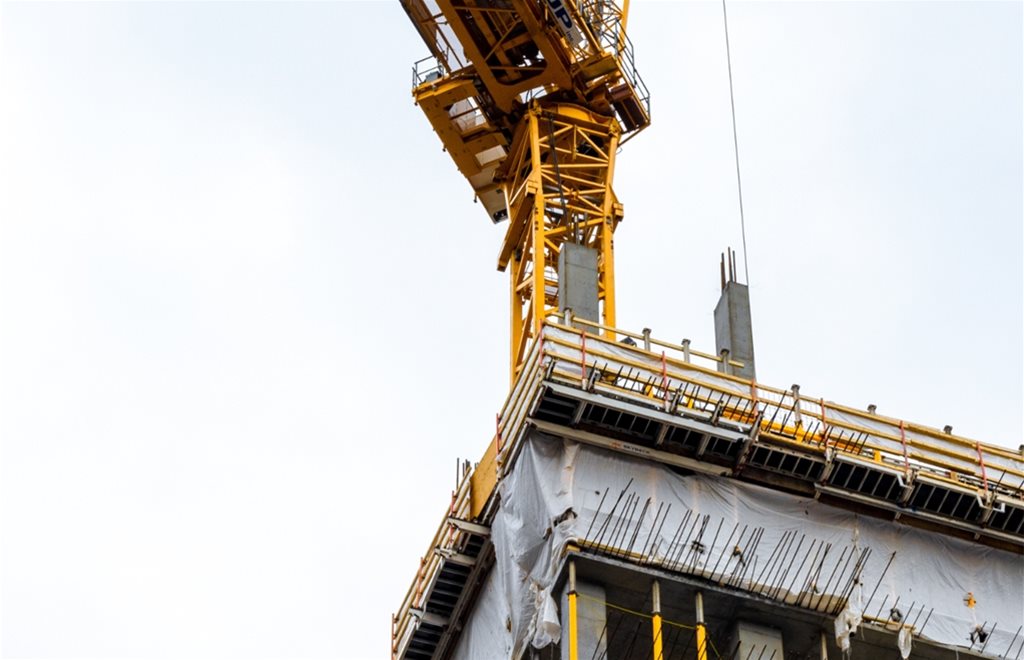With competency being the standout theme from recent webinars hosted for the sector, William Makant looks at areas for improvement
DURING LOCKDOWN, our company team hosted a series of webinars1, which related to innovation in fire safety, person centred fire strategies and designing for the future. Despite exploring a wide range of topics and inviting various panellists from across both the fire safety and housing sectors, there was one subject that remained prevalent throughout every discussion, which was raising the bar of competency.
Reform and leadership
Catastrophic fires which have led to significant and lifesaving changes have punctuated the history of fire safety regulation in the UK. This is exactly what we are currently seeing with the implementation of the government’s building safety bill2. This has been drawn up in a bid to prevent a tragedy such as the 2017 Grenfell Tower fire from ever happening again, and is hailed as being the biggest overhaul in building regulations for 40 years.
The draft bill details new requirements for the built environment sector with emphasis on building safety standards and the introduction of a new building safety regulator. These reforms are to be welcomed, but without strong leadership and vision to drive cultural change, we are unlikely to achieve the required outcome, especially considering how the most recent report3 from the industry safety steering group (ISSG) expresses concern that competency is still a huge challenge and points to a lack of proactive leadership on building safety across the industry.
It is of course important to remember that competency is not just a matter of having a qualification. It requires a constant building of knowledge, ability, training and experience. In my own view, in order to be competent a person also needs the knowhow and ability to judge when they do not possess the skills required for a particular task or project.

Unconscious incompetency
Tom Gilbert, head of fire safety at Lendlease, whilst sitting on one of our webinar panels4 referred to this problem of not knowing what you don’t know. During that discussion, Tom said he believed the review by Dame Judith Hackitt of building regulations and fire safety alluded to the issue of ‘unconscious incompetency’ in her comprehensive analysis of the weaknesses and inconsistencies of UK fire safety regulations for the design approval, construction processes and building occupation stages.
In her review, Dame Judith identifies a systemic failure underpinned by ignorance, indifference, lack of clarity on roles and responsibility, and inadequate oversight – all contributing to a lack of competency.
False assumptions
Documents designed to provide guidance, such as Approved Document B of the Building Regulations, do not necessarily help. They are often mistakenly read as providing the only route to compliance, and often the natural human tendency to simplify complicated issues can lead to the belief that simply following the steps in the guidance will ensure compliance and safety.
Many of these documents are written assuming the reader has the same high levels of competence as the author, and therefore many of the underlying principles within these documents are not fully explained. This assumption is not always the case, as recent devastating events have shown. The problem is likely to stem from the fact that the guidance documents are often consumed at a surface level, and people’s unconscious incompetence leads them to assume that they will interpret the guidance correctly because it is so prescriptive that it appears easy to follow.
Varied responses
Despite the clear call for change, the pace at which this happens will of course vary across the sector. Although some have eagerly taken action to review their own practices to optimise safety, there will undoubtedly be some who choose to wait until they are told to change by the introduction and enforcement of new regulation. For me, it is exactly this mindset that we need proactively to educate and steer the sector away from.
Unless professionals have the required competencies, as well as the knowledge and awareness to know when they do not, the unintended outcome of prescriptive guidance is that new, innovative and potentially more effective solutions will be overlooked. As previously mentioned, the natural human tendency – termed ‘heuristics’ by Nobel Prize winning psychologists Tversky and Kahneman – is to simplify complicated issues.
From a fire safety perspective, this is likely to involve adopting the easiest route to compliance, without exploring alternatives. Whilst following prescriptive guidance – which by its very nature tends to be based on common historical practice – may feel like the safest option, it may in fact not offer the best performance in terms of building safety. When it comes to fire safety, one size does not fit all.
Based on this knowledge, it is not difficult to see how a good deal of people who are working across the sector come to the wrong interpretation and unknowingly make poor decisions.
An approach taken in New Zealand may seem extreme, but it does lead me to wonder whether the levels of competency demonstrated would actually increase if there were no guidance documents. This is because a fire engineer would have to be involved in every project, including the simplest, or the modules taught at graduate level to architects would involve many more fire safety principles than they do today.

Use of innovation
Taking another approach, innovation can be employed much more effectively to help increase the routes to knowledge in the existing framework. For example, guidance documents could be interactive and link to further information for a more thorough understanding of underlying assumptions, and how different approaches can be used to meet the functional requirements of building regulations.
The reason I mention this is because for two years I have been part of the Fire Industry Association and British Automatic Fire Suppression Association’s technical working group on watermist, which contributes to British standards. I obtain the most value from being a part of this group by participating in the discussions of underlying principles in guidance documents.
Unfortunately, this valuable knowledge (intended outcomes) is not documented in the guidance documents themselves, only the recipes. Quite understandably, given that its purpose is guidance and not education, its use by unconsciously incompetent users results in incorrect assumptions of causality.
As a consequence, we have been progressively changing the format of our design, installation, operation and maintenance document, in order to explain more clearly the functional requirements, as well as to help address these issues.
By doing this, we aim to increase the level of competence of those being trained by both of these organisations and avoid further misinterpretation of the intended outcomes. Of course, there are other ways in which innovation can be used by the sector, but these largely rely on changes being made to current approaches and attitudes.
Our story
As we might expect, technology tends to take the lead, while regulations tend to follow. Consequently, it all takes a great deal of time and people who have the relevant skills and competencies need to overcome their own pre established beliefs, understand improved outcomes and then adopt newer technologies, such as systems developed by my own company.
For example, from our earlier conversations with firefighting teams, we learned that many existing fire safety technologies do not offer the same level of protection from fire to everyone, and vary depending on the home’s occupants and their needs. In addition to this, we learned that traditional sprinklers can struggle to control smoke – one of the main causes of fatalities in domestic fires.
Keeping both of these factors in mind, we set out to overcome these challenges by creating a system that intelligently activates at the earliest point a fire is detected, so that it is able to minimise the overall production of smoke, helping to maintain survivable conditions, but without the risk of increased false activations.
In order to maximise tenability (survivability) for anyone in the room of fire origin, we created the Automist Smartscan Hydra system, which has been vigorously tested to demonstrate its capability in terms of outperforming traditional approaches in several scenarios. Despite this, we faced a reluctance – perhaps evidence of a lack of competence – to evaluate the system purely on its performance.
By their very nature, standards take some time to catch up with innovation, and unique new products cannot initially be covered by existing standards. However, with the right competencies to evaluate new products and processes, and a culture that encourages continual improvement, this should not hinder the adoption of innovations which can potentially provide superior performance in certain scenarios, as the underlying principles, intended outcomes and performance requirements would be understood in the first place.
Proposed changes
When exploring new fire safety technologies, the approach that should be taken involves considering whether they are fit for purpose. Although many buildings will be built in the likeness of another – especially if constructed by the same developer – the individuals living in them and their needs will always vary.
This is particularly the case in social housing schemes, where homes are provided for a wide range of people with disparate needs. The hope is that the introduction of the building safety regulator and the fear of being audited will incentivise individuals to explore alternatives, which should naturally improve their competence. Although this may not necessarily be the fastest route, if a serious situation arose, such as a fire breaking out, it could be the lifesaving one
William Makant is co founder and chief executive officer of Plumis

References
- UK Fire Industry Insight via the Plumis Podcast, Plumis, https://plumis.co.uk/podcast
- Draft Building Safety Bill, HM Government [HMG], https://www.gov.uk/government/publications/draft-building-safety-bill
- Building safety: Industry Safety Steering Group second report on culture change in the construction sector, HMG, https://www.gov.uk/government/publications/building-safety-industry-safety-steeringgroup-second-report-on-culturechange-in-the-construction-sector
- Innovation in fire safety: delivering an outcomes-based framework, Plumis Podcast, https://www.buzzsprout.com/1064890/3934550